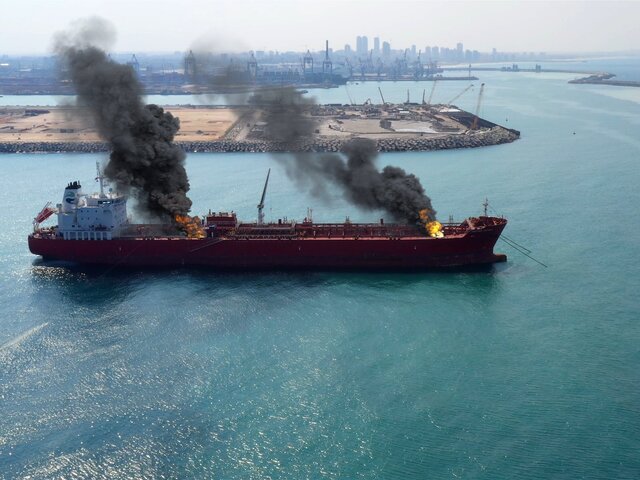Successful fire and explosion investigations hinge upon a systematic, evidence-based approach. Our experts utilise the “scientific method or approach” which is used throughout the fire investigation world and is a logical seven step systematic process.
- Recognise the problem
- Define the problem
- Collect the data
- Analyse the data
- Develop a working hypothesis
- Test the hypothesis
- Select the final hypothesis – supported by the evidence
Below, we’ve set out the steps we commonly take during a fire or explosion investigation.
Evidence gathering
With all investigations, Brookes Bell correctly identifies, evaluates, collects, processes and analyses relevant evidence in a timely and forensic manner. This ensures that important evidence isn’t lost.
To ensure that nothing is missed, our investigators will gather evidence from multiple sources including from the scene itself, documentation and external or third-party sources.
It’s through this approach that Brookes Bell is able to develop a full picture and understanding of the circumstances in which an explosion and/or fire occurred.
Chronology
Often, fires and explosions occur extremely rapidly during a single, chaotic event - with fires causing explosions and vice versa.
We recognise that it’s essential, at the early stages of an investigation, to establish a chronology of events.
Establishing such a chronology involves a rapid initial response by Brookes Bell’s properly equipped, trained and experienced investigators.
Our investigators take a meticulous, forensic approach which means we offer an incredibly high standard of evidence identification, collection, preservation, continuity and interpretation, based on a fundamental knowledge of the chemistry and physics of fires and explosions, coupled with forensic best practices.
Remember, it’s evidence that wins court cases.
Causation
As part of any fire and explosion investigation, it’s vital that the origin, or causation of a fire is identified quickly. The usual factors for the causation of fire or explosion are:
- Human error
- Thermal reaction
- Electrical fault
- Mechanical failures
- Design failures
Our experts will gather evidence at the scene to find the causation of a fire and/or explosion.
If the evidence is not available, then the process of determining the origin and cause will begin again. Our experts will use their many years of understanding of fires, their causes and their behaviours, to build a portfolio of causal evidence.
This evidence gathering and experience is coupled with innovative simulation software which can interrogate a multitude of hypotheses, without the need for expensive full scale physical testing, allowing for the most likely causes to be identified.
If you need advice and support on vessel or vehicle fires, speak to Brookes Bell today.

